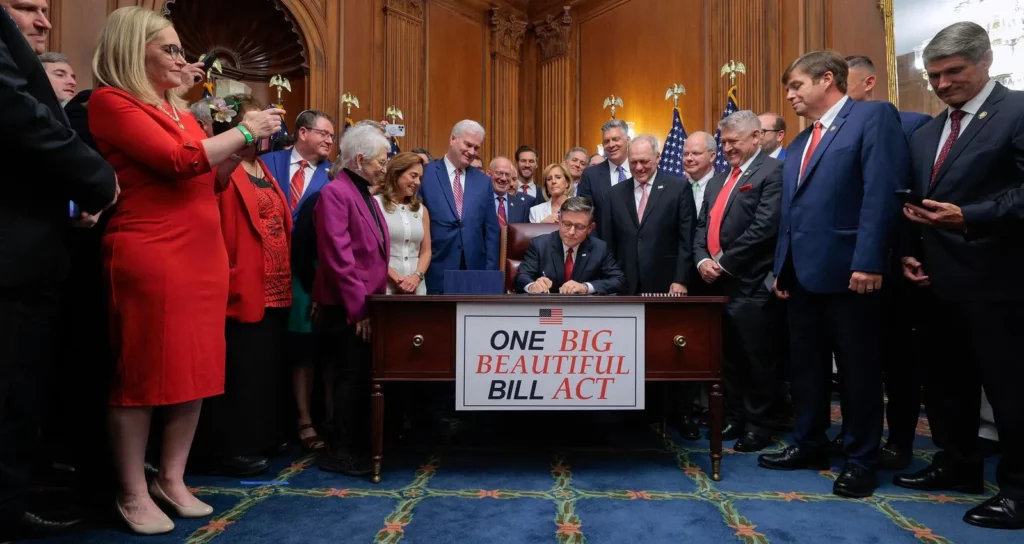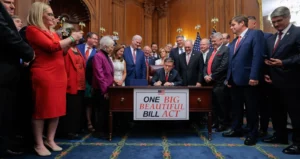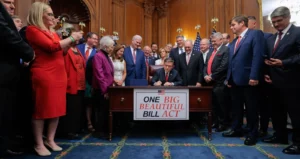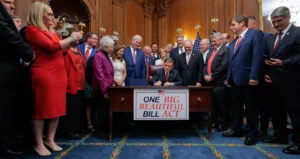
The One Big Beautiful Bill and the Case for Structural Reform in Healthcare Delivery
The passage of the so-called “One Big Beautiful Bill” has triggered intense debate among policymakers and industry leaders. Critics warn of devastating Medicaid cuts and uninsured patients flooding emergency rooms, while proponents argue that it represents a long-overdue correction to an unsustainable healthcare system.
Behind the headlines lies a deeper question: what kind of healthcare delivery are we sustaining, and should we continue sustaining it? The One Big Beautiful Bill reflects not just a political pivot but a structural reckoning. Instead of panicking over budget cuts, policymakers must confront the business model flaws that continue to undermine access, quality, and sustainability.
For all the dramatic rhetoric – 8-hour house floor speeches and dire headlines – what the bill actually signals is an attempt to reorient federal safety-net programs, particularly Medicaid, toward something more limited in scope. This is uncomfortable terrain for many, but it’s a conversation worth having.
Key provisions such as work requirements, eligibility redeterminations every six months, and reductions in state-directed payments all point toward a central tension: who should be covered, and under what circumstances? As I noted in a recent column, Medicaid was never designed to be a universal coverage program. It was intended as a limited safety net. Over time, its scope has ballooned without corresponding improvements in efficiency or outcomes.
The bill’s changes – while abrupt – are an attempt to recalibrate the system. Whether one agrees with the approach or not, it reflects growing unease with the assumption that more money and more enrollees necessarily equal better care.
It might be helpful to separate the rhetoric from the operational implications. What Congress is grappling with is not just budgetary, but structural. And until the country addresses this, meaningful reform will remain elusive.
One of the few provisions in the bill that received bipartisan support was the $50 billion rural hospital relief fund. While needed to stop the continued closing of rural facilities, this type of emergency infusion underscores a persistent problem: temporary financial lifelines often become permanent fixtures. Rural hospitals are in crisis – nearly half operate at a loss, and closures are accelerating.
As I wrote in a recent column, the collapse of rural healthcare isn’t just a public health issue; it’s a national security risk. Yet, throwing more money at a failing model is not a long-term solution. Instead of reflexively subsidizing every failing facility, we need to rethink delivery. A hub-and-spoke model that integrates pharmacies, local clinics, and telehealth can offer sustainable access without the overhead of legacy infrastructure.
Stop-gaps only make sense when they’re followed by structural change. Without that follow-through, they become another example of the system’s addiction to band-aid solutions.
Source: www.forbes.com


